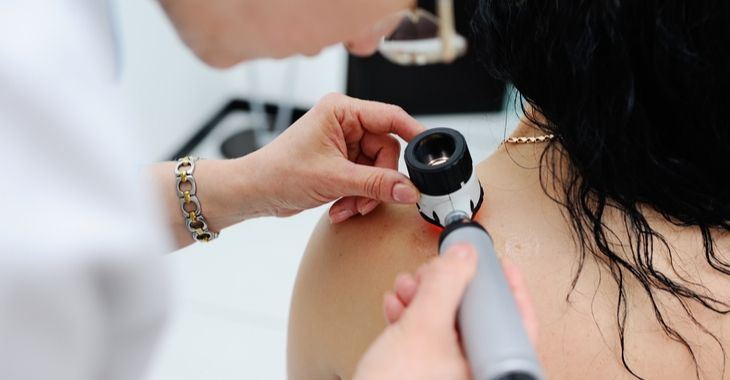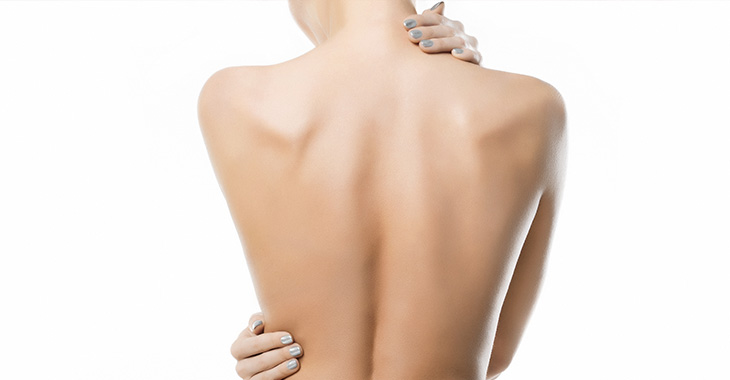When is Surgical Invention Needed for Hemangiomas?

Many infants have hemangiomas that are noticeable at birth or shortly after. While most hemangiomas or vascular birthmarks either go away on their own or can be removed with non-invasive treatments, some require surgical invention. Knowing your options can help you determine whether your child may need surgery to remove their birthmark.
Hemangiomas or birthmarks typically appear at birth or in the weeks following. The most common types of hemangiomas will continue to grow during the first several months, then stop before the end of the child’s first year. Most birthmarks began to fade or shrink on their own over the first several years of a child’s life. Those that do not can be treated with steroids or laser therapy to improve the appearance. However, some may not respond to treatment or may need quicker removal for other reasons.
Removing Birthmarks Through Surgery
Surgery is usually the last resort for removal of birthmarks. If the birthmark can be treated through other methods or allowed to fade on its own, those are the safest options. However, some hemangiomas may interfere with vision, breathing or feeding. These may need surgical removal to improve these functions. Surgery can be considered in the child’s first year if the hemangioma is interfering with their vision or other functions. For older children, surgical removal may be considered for cosmetic purposes if the birthmark is disfiguring and not reducing in size or appearance through other treatments.
Surgical intervention for hemangiomas is rarely needed, but when it is, you want an expert to perform the procedure. Seek the advice of a vascular birthmark specialist, usually a otolaryngologist that specializes in hemangioma treatment and surgery, to determine if surgery is the right option in your case.
Posted on behalf of:
The Vascular Birthmark Center Los Angeles
435 N. Bedford Drive, Suite 203
Beverly Hills, CA 90210
(610)301-4522
The information provided on this website, including text, graphics, images, and other materials, is intended solely for informational purposes and should not be used as a substitute for professional medical advice, diagnosis, or treatment.


)